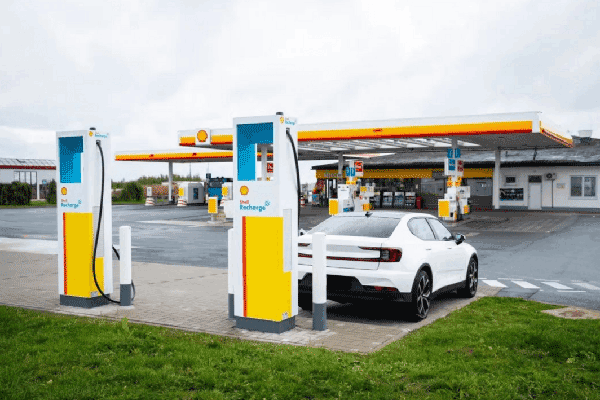With growing concerns about environmental friendliness and escalating natural gas prices, more and more consumers are looking for alternatives. The popularity of electric vehicles is currently growing rapidly, and the lack of electric infrastructure is far from adequate to meet the demand. Faced with the challenges, fuel retailers must make changes, so what are the benefits and impacts of establishing electric vehicle charging stations for refueling?

Benefits of adding EV chargers to gas stations
There are many benefits to adding electric vehicle charging stations to gas stations. Not only can they provide new convenience for consumers, but they can also reduce the need for standard fuels and help retailers meet emissions goals. Today, more and more businesses and residential properties are adding charging points, and the demand for this service could explode, making gas stations less important. Providing convenient and comfortable electric vehicle charging stations therefore takes on a whole new meaning for fuel retailers.
Gas stations and retailers are in a unique position to help accelerate EV adoption by making charging as easy and pleasant as possible. In the process, the retailers help themselves with renewed interest in visiting the fuel retails even with EVs.
EV chargers are divided into two key types: AC chargers and DC fast chargers. These two types are identified based on charging speeds needed for each type of EV. Some models will take several hours to charge if plugged into a charger, others need a few minutes only when plugged into a DC charger. For example, using SETEC POWER’s 180kW fast charger, EVs can be charged from 0-80% in just 10 minutes. Charging centers are public charging stations designed for fast charging.
Since 2020, over 5000 petrol stations have closed in the UK, signaling the onset of a paradigm shift. With Shell’s recent conversion of its Fulham fueling station to the first-of-its-kind electric charging hub, forecourts and retailers have some serious questions to address if they want to continue to remain alive and competitive.
Charging hubs can be built on existing petrol stations premises like Shells or as standalone stations. In some cases, there are even more services than just EV chargers – these stations could offer solar panels while also adding functionality like car washes and grocery stores such that all shopping needs can be accomplished at one station. This model, which is not far from some of the actual petrol stations’ provisions, is helping make the switch.
What does the future of EV charging stations look like?
The benefits of adding EV charging stations to gas stations are clear. By using the existing infrastructure at the gas station, investments in electrical upgrades can be avoided and are cost-effective. Retailers can use EV charging as an additional revenue stream to drive traffic to the gas station on top of the charging service.
What’s more, charging hubs can help forecourts mitigate unexpected price fluctuations and spikes associated with renewable energy, by balancing demand and supply via the need for more electricity and the strain on power grids. Anticipated energy congestion will cause the cost of electricity delivered to potentially increase by 20% in 2050 when building out renewable power assets and grid infrastructure. Thus, smart energy solutions pivoting towards charging hubs allow for cost-saving practices by using existing locations whilst also serving customers growing needs
Of course, such a transformation is certainly not a simple matter, not only to tighten the management of the original business but also to properly expand the charging business according to the situation. From product-oriented gradually to service-oriented transformation, to become an integrated energy service station.
If you have questions about basic charging facilities, you can contact us right away. SETEC POWER is a professional equipment manufacturer with more than ten years of experience, and we will provide you with professional answers.














